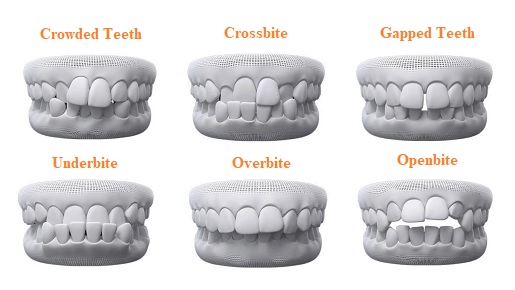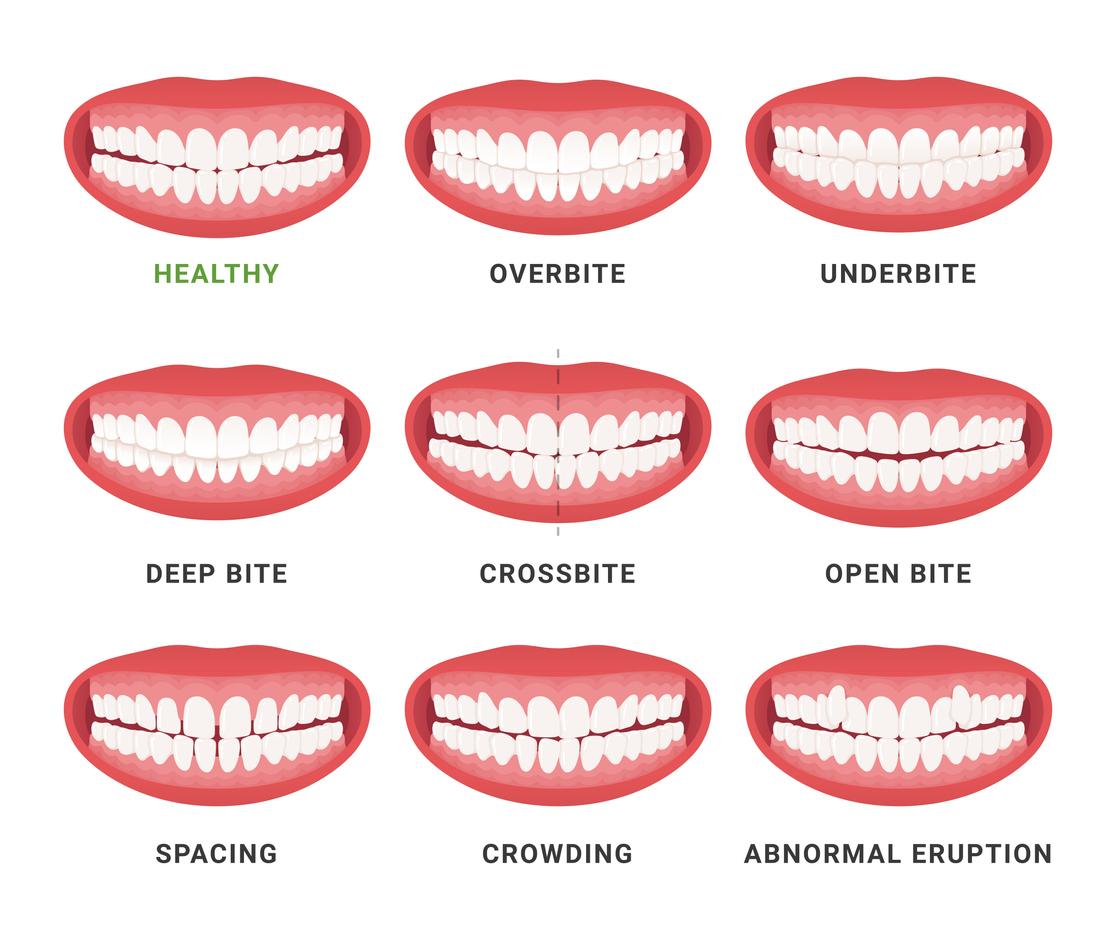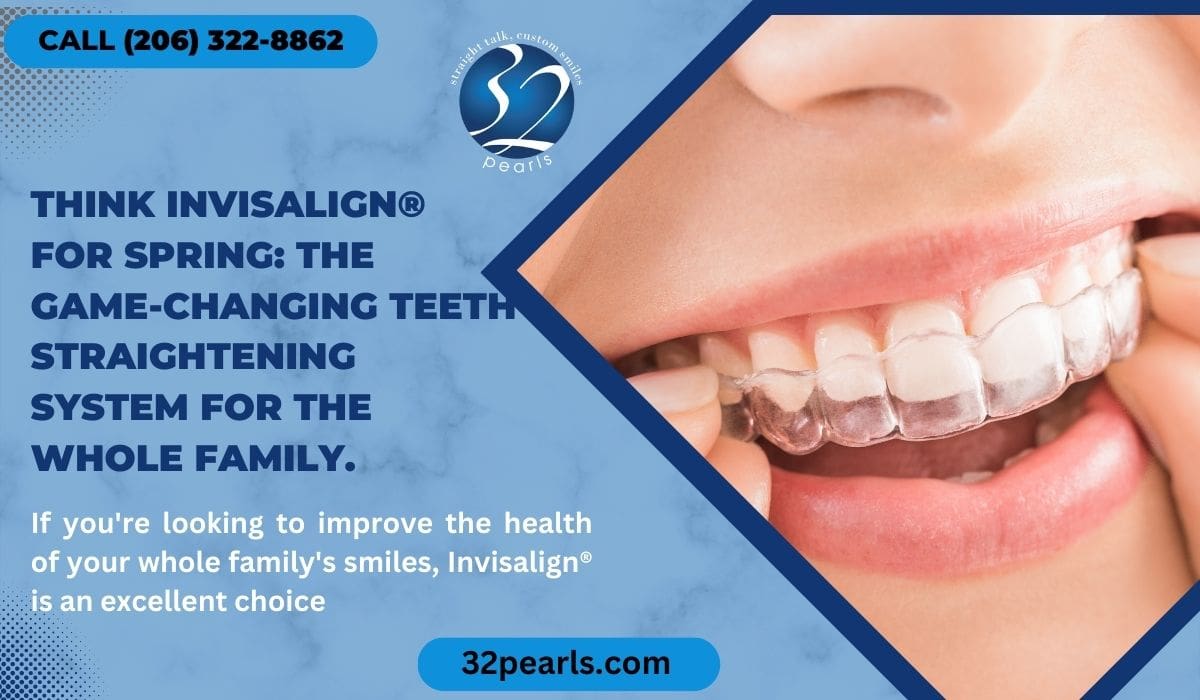The Expense of Invisalign: Understanding the Investment in Your Smile
The Expense of Invisalign: Understanding the Investment in Your Smile
Blog Article
Invisalign vs. Standard Dental braces: Which Option Is Right for You?
When thinking about orthodontic therapy, the choice in between Invisalign and typical dental braces presents a number of crucial elements that warrant mindful assessment. Invisalign uses a very discreet option with detachable aligners, while typical braces give a more noticeable yet effective remedy for serious misalignment.
Review of Therapy Alternatives

In comparison, traditional dental braces contain metal brackets and cords that are bonded to the teeth. This technique applies constant stress over time to achieve alignment. While effective for intricate orthodontic problems, typical braces require routine sees for adjustments and can pose challenges in preserving dental hygiene because of the difficulty of cleansing about cables and brackets.
Both choices have their benefits, and the choice frequently rests on specific dental conditions, lifestyle preferences, and patient conformity. Eventually, getting in touch with an orthodontic professional is essential for establishing one of the most appropriate treatment strategy tailored to private needs. Recognizing the nuances of each alternative can substantially influence the total success of orthodontic therapy.
Visual Considerations
A substantial element affecting the selection in between Invisalign and typical dental braces is the visual appeal each treatment uses. Invisalign aligners are crafted from clear plastic, making them essentially unnoticeable when worn.
On the other hand, standard dental braces are composed of metal braces and cords, which can be much more visible. While improvements in orthodontic modern technology have caused the development of smaller sized braces and tinted elastics, traditional braces still preserve an even more obvious account. For some individuals, the presence of dental braces may discourage them from looking for essential treatment.
Ultimately, the choice between Invisalign and traditional dental braces might rest on personal preferences pertaining to aesthetics. Patients that focus on discernment usually lean towards Invisalign, while those that are less worried about presence might select typical braces. Recognizing the aesthetic ramifications of each alternative is vital for making an educated choice that straightens with one's way of life and choices.
Comfort and Convenience

In terms of ease, Invisalign aligners are removable, making it possible for individuals to enjoy their favorite foods without limitation and maintain optimum oral hygiene. Cleaning and flossing are streamlined, as the aligners can be gotten during these routines, whereas standard braces call for mindful navigating around braces and cables.
In contrast, traditional dental braces demand routine modifications, making them much less practical for those with hectic schedules. In general, the comfort and ease of Invisalign make it an attractive choice for several people looking for orthodontic treatment.
Therapy Duration and Effectiveness
While both Invisalign and typical dental braces work in remedying oral imbalances, the period of therapy can vary significantly in between both alternatives. Usually, Invisalign therapy can take anywhere from 12 to 18 months, depending upon the intricacy of the case. The clear aligners function by slowly moving teeth into their preferred settings, and more tips here routine follow-ups with an orthodontist help ensure development remains on track.
On the other hand, typical braces frequently need a longer commitment, typically ranging from 18 months to three years. This is because of their fixed nature and the use of brackets and cords, which can be much more effective for intricate instances and extreme misalignments (Invisalign). The therapy effectiveness of conventional braces is well-documented, as they enable specific modifications and better control over tooth activity
Inevitably, the selection in between Invisalign and standard dental braces may rest on both the expected treatment duration and the details dental concerns at hand. Consulting with an orthodontist is crucial, as they can give tailored recommendations based on individual needs, ensuring the chosen technique lines up with desired timeframes and results.
Expense Contrast and Insurance Policy Options
Price plays a substantial role in the decision-making process for people taking into consideration orthodontic therapy, whether going with Invisalign or conventional dental braces. Usually, the cost of Invisalign ranges from $3,000 to $8,000, while standard braces commonly set you back between $2,000 and $6,000. Aspects affecting these costs consist of the intricacy of the situation, the period of treatment, and geographical place.
Insurance policy protection can considerably impact out-of-pocket costs. Many dental insurance policy plans supply partial coverage for orthodontic therapies, however the specifics can differ extensively. It is important for clients to review their insurance plan to identify the level of protection for either choice. Normally, traditional dental braces may be much more regularly covered by insurance policy plans compared to Invisalign, which some insurance firms classify check my site as an aesthetic procedure.
Furthermore, numerous orthodontic techniques offer adaptable layaway plan, making both therapy choices extra accessible. Individuals must make inquiries concerning prospective financing alternatives and discount rates for ahead of time repayments. Examining the total expense, consisting of insurance policy benefits and layaway plan, is vital for making an educated choice that aligns with both aesthetic choices and budget plan considerations.

Final Thought
In recap, the option between Invisalign and conventional braces depends upon multiple elements, consisting of visual preferences, convenience, treatment period, and cost. Invisalign uses a discreet, removable alternative that helps with dental health and nutritional versatility, while typical braces might be much more appropriate for complicated oral issues and often come with a lower cost factor. Inevitably, consultation with an orthodontist is crucial to evaluate specific circumstances and establish the most suitable treatment choice for achieving optimal oral placement.
When thinking about orthodontic therapy, the option between Invisalign and conventional braces More Bonuses provides several vital factors that warrant cautious analysis.Contrasting Invisalign and standard dental braces reveals distinct therapy alternatives for orthodontic improvement.While both Invisalign and traditional dental braces are effective in dealing with oral misalignments, the duration of treatment can differ considerably in between the two alternatives.Expense plays a substantial role in the decision-making process for people considering orthodontic treatment, whether choosing for Invisalign or conventional dental braces.In summary, the selection in between Invisalign and standard dental braces hinges on numerous aspects, consisting of aesthetic choices, comfort, treatment duration, and price.
Report this page